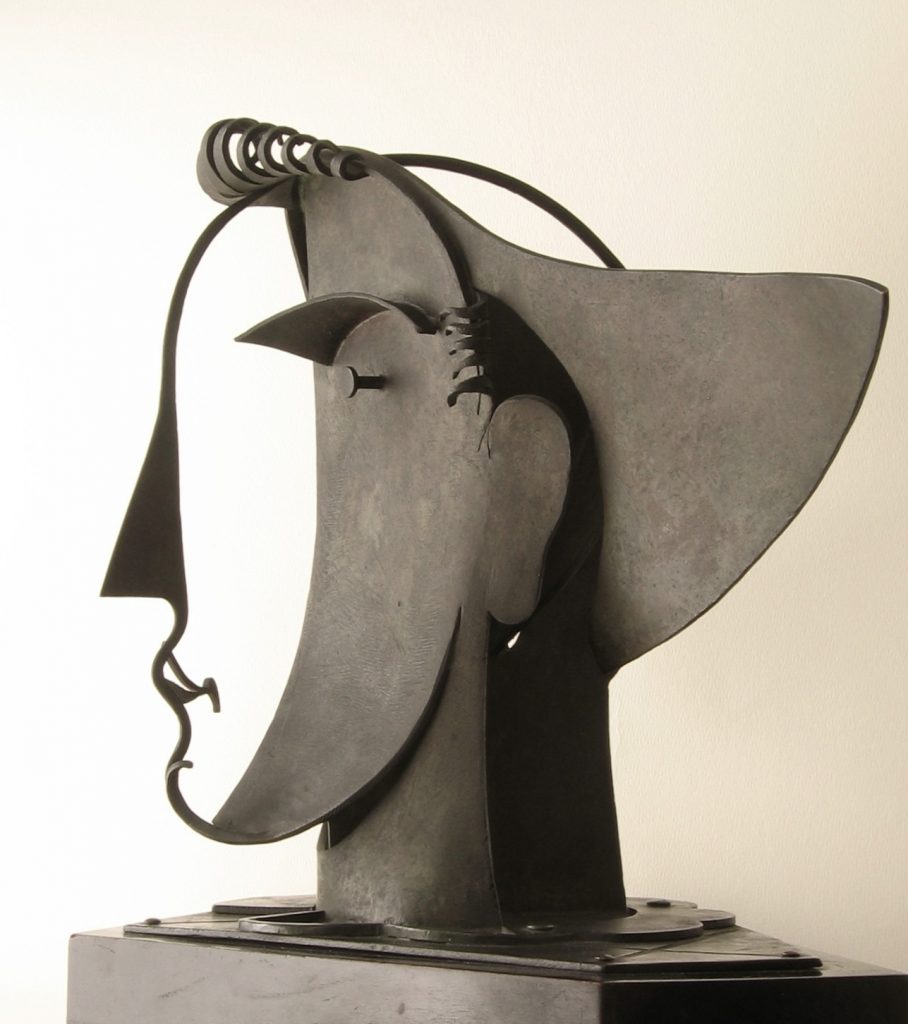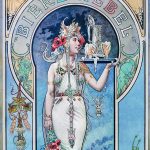
Pablo Gargallo, born as Pablo Emilio Gargallo (January 17, 1881 – December 28, 1934), was a prominent Spanish sculptor known for his innovative and influential contributions to 20th-century sculpture. He played a vital role in the development of modern sculpture, particularly in the realm of metalwork and abstract forms.
Early Life and Education: Pablo Gargallo was born in Maella, a town in the province of Zaragoza, Spain. His artistic talent became evident at an early age, and he began his artistic training at the School of Arts and Crafts in Zaragoza. He then moved to Barcelona in 1897, where he studied at the Royal Academy of Fine Arts of San Jordi.
Move to Paris: In 1903, Gargallo relocated to Paris, which was a thriving hub of artistic experimentation during the early 20th century. In Paris, he was exposed to the works of influential artists such as Pablo Picasso, Georges Braque, and Constantin Brâncuși, all of whom would have a profound impact on his artistic development.
Artistic Style and Influences: Pablo Gargallo’s early works were influenced by Catalan Modernisme and Art Nouveau, but he gradually shifted towards a more modern and abstract style. He was drawn to non-traditional materials, particularly metal, and became known for his pioneering work in this medium. He embraced abstraction, simplifying forms to their essential elements.
Cubism and Collaboration with Picasso: Gargallo is often associated with the Cubist movement, and his friendship and collaboration with Pablo Picasso were instrumental in his artistic evolution. He created sculptures that embraced Cubist principles, exploring the deconstruction and abstraction of form. One of his most famous works is “The Prophet,” a Cubist-inspired sculpture that exemplifies his innovative approach.
Portrait Sculptures: Gargallo was renowned for his portrait sculptures, capturing the likenesses of famous individuals, including writers, musicians, and artists. These sculptures displayed his skill in conveying the essence of his subjects through abstraction and simplified forms.
Legacy: Pablo Gargallo’s contributions to modern sculpture were highly regarded during his lifetime, and he exhibited his works at prestigious art salons and galleries. His innovative approach to materials and form paved the way for future generations of sculptors.
Gargallo’s work is celebrated for its fusion of traditional craftsmanship with modernist principles, and his exploration of abstraction and metalwork left a lasting impact on the world of sculpture. Today, his sculptures can be found in major museums and collections around the world, preserving his legacy as a pioneering figure in the development of modern sculpture in the early 20th century.


